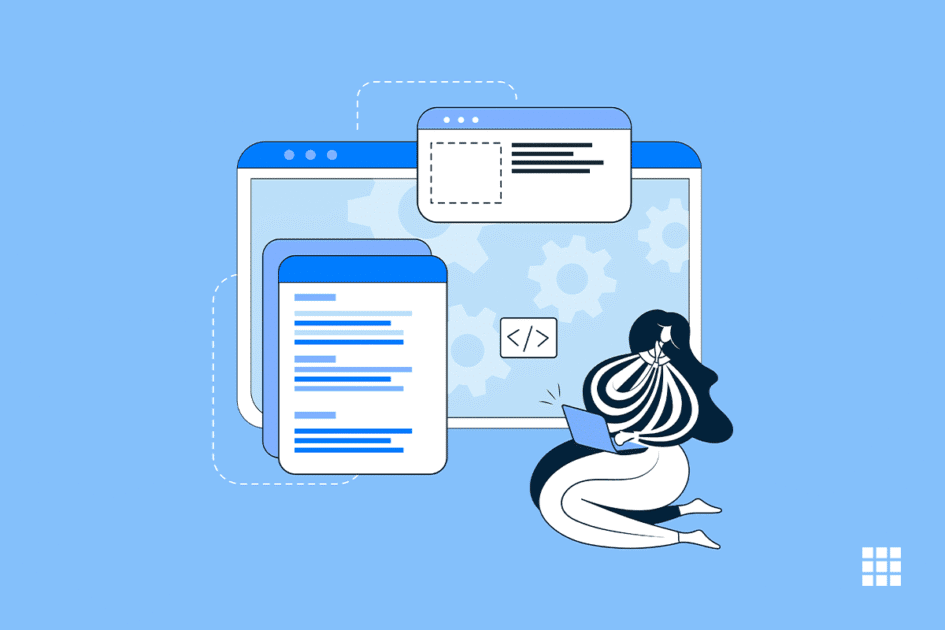What is the bounce rate of the website? It represents the percentage of people who leave (i.e. leave) the same page without going to other pages on your website. It simply means when someone visits your website and leaves your page without clicking on another link (or page). This is called a “bounce” on the web. How to calculate bounce rate?
Here is the formula to calculate bounce rate: Bounce Rate = (One Page Visit / Total Visits) * 100 Let’s say your website or blog gets 1000 hits a day and 700 of them are one-page hits (meaning people leave your site without clicking on other links or pages), in this case it will be 70%. Google Analytics (latest version) will show you the very front page and if you want to take a closer look you can click on “Audience Overview” and it will show you all the data. You can get the help of a consultant for SEO or a managed SEO provider to guide you for consistent services in SEO and analytics if required. But for now, here is a list of things you can do to reduce bounce rate on your WordPress site
- Create interesting and informative content
If you have a blog and your ROI is very high (more than 90%), the first thing you need to do is analyze how good the content is. Is Your Blog Content Readable? Will it help your target audience? Are you creating highly engaging content that will keep your audience on your blog? Or are you just creating weak content? If your content is mediocre, you will need to adjust your content marketing strategy and focus on ONLY creating in-depth articles that add value to your audience. Here are some proven tips and techniques for creating more engaging content that can significantly reduce your site’s abandonment rate. Offer exclusive insights The only way to get attention for your blog content online is to offer your audience exclusive insights that others in your industry don’t offer. What’s the point of changing more content?
You can’t stand out from the crowd by creating thin content. If you want to attract the attention of your audience to your website, you need to create 10x better content than your competitors. Only with exclusive content can you keep your audience on your blog for a long time (and they can also visit other sites if they spend a lot of time on yours). Creating long content Google has started to value long content because articles longer than 2000 words rank higher than articles shorter than 500 words. In-depth articles also help you have a better reading experience because your readers get a better picture. Make sure you create “active content” because there’s no point in creating a 3,000 word article that readers won’t be able to convert after reading. Your audience needs to do something after reading your blog post (or video) — this is called actionable content, and it often works like magic.
- Speed up your website
One of the main factors that determine your bounce rate is the speed of your website. If it takes a long time to load (more than 3 seconds), your visitors will immediately leave your website and go to another website that loads faster. It is very easy. Make sure you work on optimizing your website’s loading times. Here are some handy tips to improve your website’s loading time. Switch to a faster hosting: The speed of your website often depends on the web hosting you choose. We’ve been using WPX hosting at Bloggers Passion for over 3 years and are very happy with the results. Check our website speed.
- Target the RIGHT keywords (have the right goals)
Do you have a keyword strategy? Keyword research not only helps you increase your search traffic, but using the right keywords for the right purposes can help you reduce bounces and increase your overall website conversions. To better understand the purpose of keywords, see the image below. As you can see above, there are many types of target keywords, including: Information keywords Navigation keywords Commercial keywords (also known as transactional or shopping keywords used by people who are ready to buy, for example “buy now”, “discount “, “quick deals”, etc.) The key to increasing user retention is knowing what type of keyword targeting you should apply to every page (or post) you publish on your site to get better results.
- Make your website is mobile friendly
More than 90% of people today use their smartphones and tablets to browse information online, and about 79% of smartphone users have made online purchases on their mobile devices in the last 6 months. In the US, 94% of people with smartphones searching for local information on their phones. In addition, according to Google, 77% of mobile searches are done at home or work, where computers and the most frequently found desktop. This is why having a mobile friendly website is so important and if your website is not mobile friendly, you will lose a lot of traffic, conversions and sales to your competitors. When people browse your site from their phones and your content or product pages don’t display properly, they will leave your site. If you want to know whether your website is mobile responsive or not, you can use this free Google tool to test how easy it is for visitors to use your website on mobile devices. Just enter your website URL to see how your website ranks.
- Use User Friendly Internal Links
The bottom line is that internal links are very important to reduce bounces on your site, as they help your site’s readers find other relevant pages and click through to your site. If you write a blog post without adding internal links, how will people find other content (especially the first few visitors who read your blog post)? Publishing posts without adding internal links will definitely impact your reading, along with higher returns. Make sure you find and add highly relevant content links every time you post something on your blog. Make sure you read all your old blog posts and try to include at least 2-3 internal links pointing to other posts. This not only helps you get better readers, but also helps you crawl better, which ultimately helps you get higher search rankings.
Conclusion
Here is hoping that you have understood how you can reduce bounce rates in WordPress. In case you have any other doubts, please share the same in the comments section below.



Write A Comment